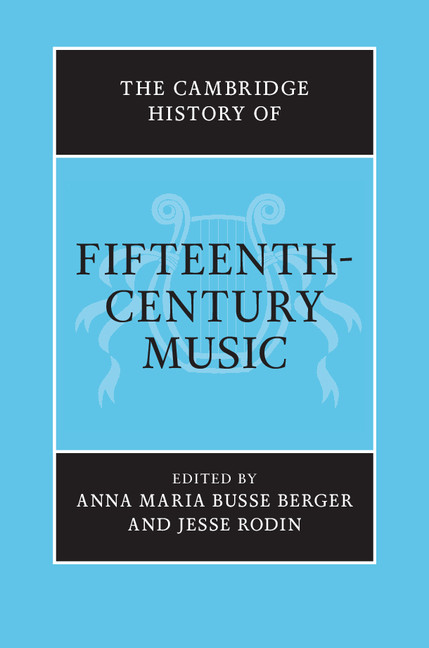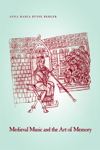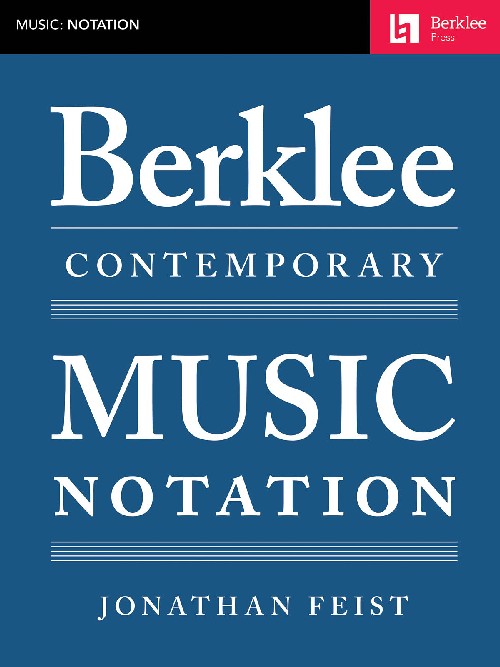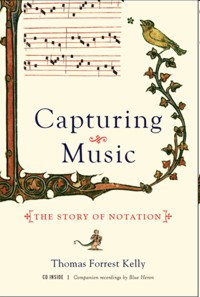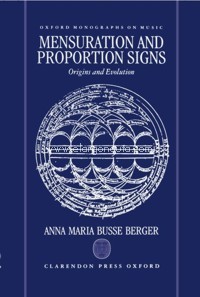
Mensuration and Proportion Signs. Origins and Evolution
Busse Berger, Anna Maria
Oxford University Press. 1993Ficha técnica
- EAN: 9780198162308
- ISBN: 978-0-19-816230-8
- Editorial: Oxford University Press
- Fecha de edición: 1993
- Encuadernación: Cartoné
- Dimensiones: 23x16
- Idioma: Inglés
- Nº páginas: 288
Impresión bajo demanda
Disponibilidad sujeta a la información del editor¡GASTOS DE ENVÍO GRATIS!
PVP. 302,40€
Añadir a la Lista de deseos
In the fourteenth century composers and theorists invented mensuration and proportion signs that allowed them increased flexibility and precision in notating a very wide range of rhythmic and metric relationships. The origin and interpretation of these signs is one of the least understood and most complex issues in music history. This study represents the first attempt to see the origin of musical mensuration and proportion signs in the context of other measuring systems of the fourteenth century. The author also traces the evolution of the mensural notational system to the threshold of the modern system of notation. In the process, the exact meaning of everyday mensuration and proportion sign encountered in music and theory from the fourteenth to the sixteenth century is analysed and elucidated. The investigation results in a revision of many currently held views concerning the significance and development of early time signatures and will be indispensable to scholars and performers of late medieval and Renaissance music.
CONTENIDO:
Introduction
The Representation and Interpretation of Mensuration Signs
The Origins of the Mensural System and Mensuration Signs
The Relationship between Perfect and Imperfect Time
The Relationship between Major and Minor Prolation
Diminution by Stroke and by Mode Signs
Proportion Signs
Conclusions
Appendix: Index of Sings
Bibliography
Index of Compositions
General Index


